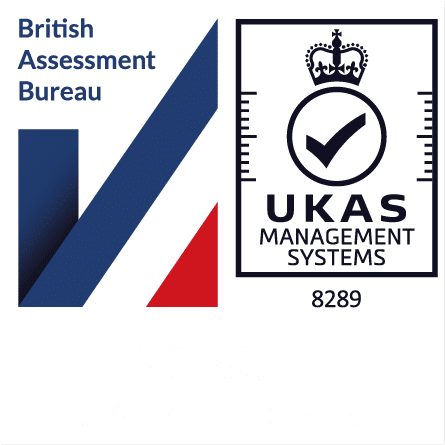As the global shift toward renewable energy intensifies, wind farms are increasingly common across landscapes. However, their presence near radar installations presents a growing challenge for aviation authorities and defence organisations. The rotating blades of wind turbines can create significant interference with radar systems, both primary surveillance radar (PSR) and secondary surveillance radar (SSR).
This video offers a structured introduction to the assessment methodology for wind farm interference, based on guidance from EUROCONTROL, Europe’s leading air navigation safety body. The content reflects the approach required when reviewing wind turbine projects in proximity to radar systems:
Initial Impact Assessment
The step involves a quick, preliminary assessment to determine whether a proposed wind farm is likely to impact radar operations. This “screening-level” analysis helps stakeholders decide whether a more in-depth investigation is needed. It considers key parameters such as distance, turbine height, and the line of sight between the turbine and the radar installation.
Technical Evaluation
If the preliminary check raises concerns or remains inconclusive, the process moves to a detailed technical assessment. This phase includes modelling signal propagation, analysing clutter, and simulating the radar’s performance with the wind farm in place. It enables radar operators and developers to identify whether mitigation strategies, such as relocating turbines or adjusting radar parameters, are required.
This practical, guideline-driven methodology helps balance the goals of expanding renewable energy infrastructure with the need to maintain airspace safety and radar system integrity. Whether for civil aviation, military radar networks, or national regulators, adopting such a phased assessment ensures reliable decision-making and effective risk management.
To view the full video, click here.



